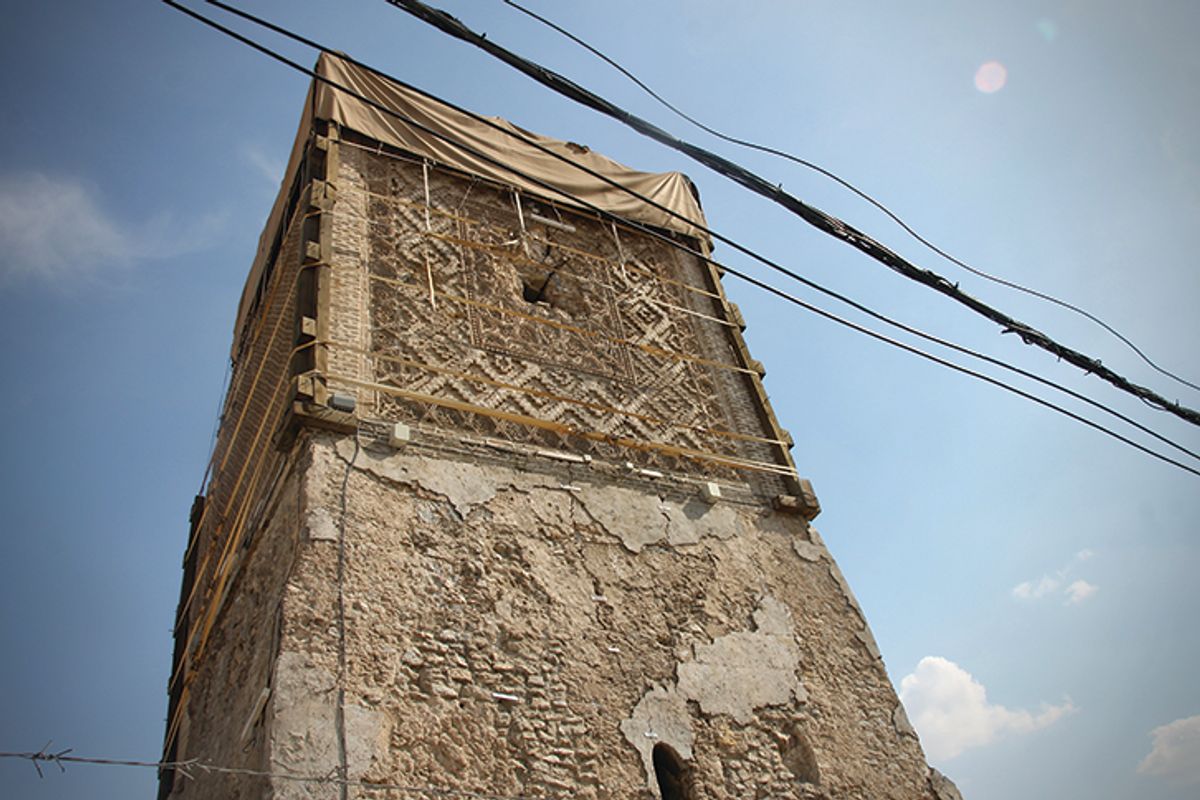The discovery of a 12th-century prayer hall beneath Mosul’s Al-Nuri mosque and feedback from the local community have prompted a sea change in designs for the monument’s reconstruction, five years after it was destroyed by Isis extremists. On a recent tour of the site, which is being rebuilt by Unesco in partnership with the United Arab Emirates and the Iraqi authorities, the UN agency’s senior project manager Maria Rita Acetoso said: “A monument never stops telling you its story.”
During excavations, archaeologists uncovered the foundations of an ancient prayer hall and the remains of four rooms believed to have been used for ritual ablutions. “These rooms that go back to the 12th-century Atabeg era were completely buried and were not mentioned in the historical sources and books,” said Khaireddine Nasser, the director of the Department of Antiquities and Heritage in Nineveh, in a statement.
The Egyptian architects who won Unesco’s design competition last April are now overhauling their concept to add glass panelling to the ancient prayer hall, integrating it into the restoration of the contemporary one, built in the 1940s. And after extensive community consultation, some elements that drew criticism for being too modern, such as the broad white sun shades, have been scrapped. The mosque’s new entrance will now be orientated towards the south, aligning with a traditional alleyway. A car park will be turned into an educational facility and a new Institute of Islamic Art and Architecture, in line with the wishes of the Sunni waqf (religious endowment) that owns the site. The “hunchback” minaret will be rebuilt with bricks in the original 12th-century pattern.
Unesco still hopes to use one of the adjacent Ottoman-era houses being restored with EU funding as a museum that will celebrate the community’s memory of the old city. It is also overseeing the restoration of the Al-Saa’a and Al-Tahera churches as part of its citywide programme Revive the Spirit of Mosul.


